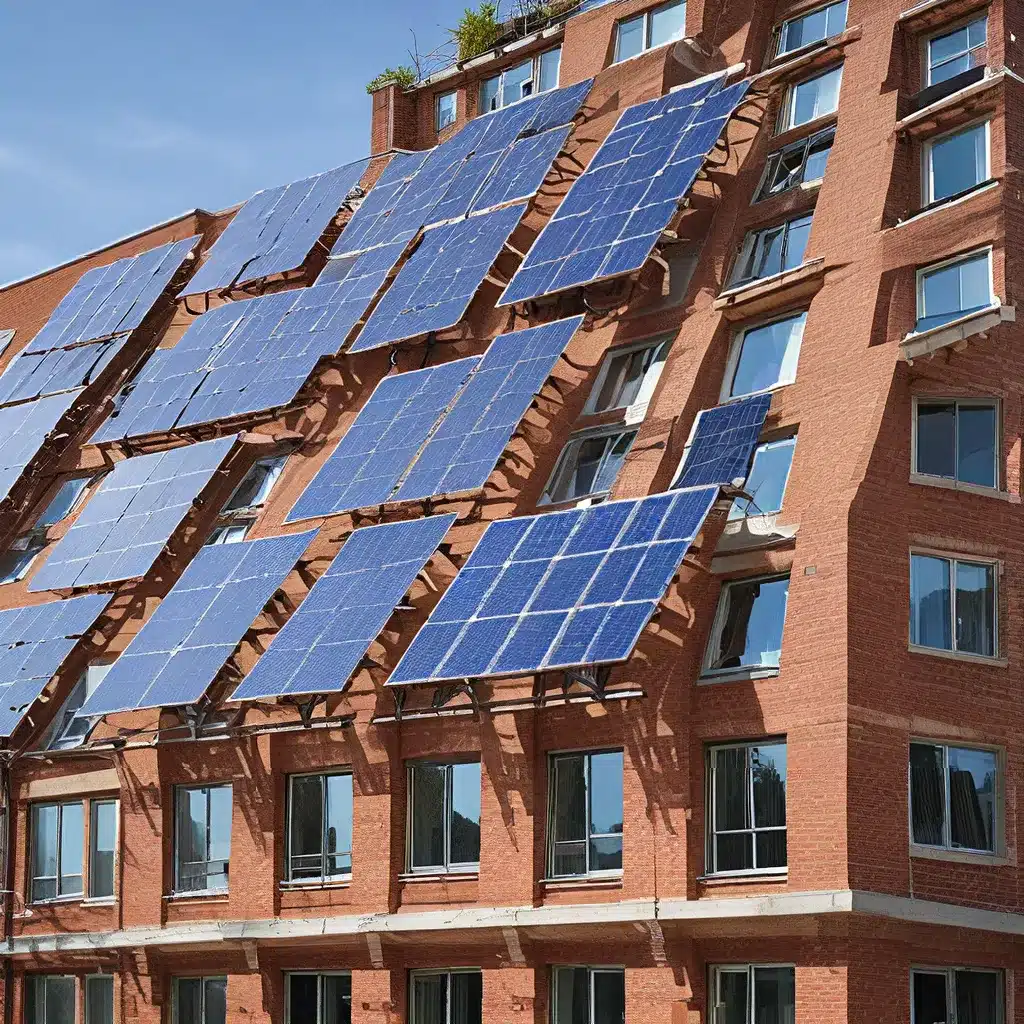
As someone passionate about sustainability and social justice, I’ve been closely following the recent advancements in the renewable energy sector. And let me tell you, the Inflation Reduction Act – that historic piece of legislation signed by President Biden – has me downright excited. This law is poised to transform the way we think about clean energy, especially when it comes to underserved communities.
You see, for too long, the benefits of renewable power have been out of reach for many low-income families and marginalized populations. They’ve borne the brunt of pollution, underinvestment in infrastructure, and disproportionate impacts from climate change. But with the Inflation Reduction Act, that’s all about to change.
Tackling Environmental Injustice
One of the key pillars of this landmark legislation is its focus on environmental justice. It establishes several new grant programs specifically designed to reduce pollution, improve public health, and revitalize the communities that have been historically overlooked and underserved.
Just imagine what this could mean for a family living near a polluted industrial site or a busy highway. Cleaner air, safer drinking water, and a healthier living environment – it’s a game-changer. And the best part? These investments aren’t just about addressing past wrongs; they’re also about building a more equitable future.
The White House has made it clear that no community will be left behind as the U.S. transitions to a clean energy economy. That’s a promise I’m eager to see fulfilled.
Making Clean Energy Accessible and Affordable
But it’s not just about reducing pollution and strengthening resilience to climate change. The Inflation Reduction Act also takes a holistic approach to improving energy accessibility and affordability for all Americans.
Did you know that a staggering 44% of the U.S. population – that’s around 50 million people – qualify as low-income? For these families, the burden of energy costs can be absolutely crippling, sometimes forcing them to choose between paying their electricity bills and putting food on the table.
The Biden-Harris Administration recognized this disparity and is working hard to level the playing field. Through the Inflation Reduction Act and the Bipartisan Infrastructure Law, they’re making game-changing investments in clean energy technologies and efficiency upgrades.
Imagine a world where families in underserved communities can access affordable, reliable, and sustainable power sources to light their homes, power their appliances, and keep their families comfortable. It’s not just a dream – it’s becoming a reality, thanks to these historic legislative efforts.
The Path to a Greener, More Equitable Future
Now, I know what you might be thinking: “Okay, this all sounds great, but how exactly is it going to work?” Well, let me break it down for you.
The Office of Energy Efficiency and Renewable Energy (EERE) is leading the charge, funding research and development to drive down the costs of clean energy technologies. This means that solar panels, heat pumps, and other energy-efficient solutions will become more accessible and affordable for everyone, not just the wealthy.
And it’s not just about the technology itself. The Inflation Reduction Act also provides a 10-year extension and expansion of tax credits for clean power, making it easier for families to tap into these resources and start saving on their energy bills.
But the real game-changer is the focus on energy equity. By recognizing that disadvantaged communities have faced systemic barriers to accessing clean energy, the government is working to ensure that the benefits of the clean energy transition are equitably distributed.
The Department of Energy is leading the charge on this front, with initiatives like the Justice40 Initiative that aim to direct 40% of the overall benefits of climate and clean energy investments to these underserved areas.
It’s an ambitious goal, no doubt, but one that I believe is essential for creating a truly sustainable and just future. Because at the end of the day, we’re all in this together, and the success of the clean energy revolution depends on leaving no one behind.
A Call to Action
So, what can you do to be a part of this exciting transformation? Well, the first step is to explore the renewable energy solutions that are becoming more accessible and affordable for families across the country.
Maybe it’s time to look into upgrading your home’s insulation or investing in a high-efficiency heat pump. Or perhaps you’re interested in community solar projects that can deliver clean power to your neighborhood.
And don’t forget to stay informed and engaged. Sign up for the DOE’s Weekly Jolt to get the latest updates on clean energy funding, prizes, and competition opportunities.
After all, the future of renewable energy isn’t just about technology – it’s about people. It’s about building a more sustainable, equitable, and inclusive world for everyone. And with the Inflation Reduction Act leading the way, I can’t wait to see what we can accomplish together.

